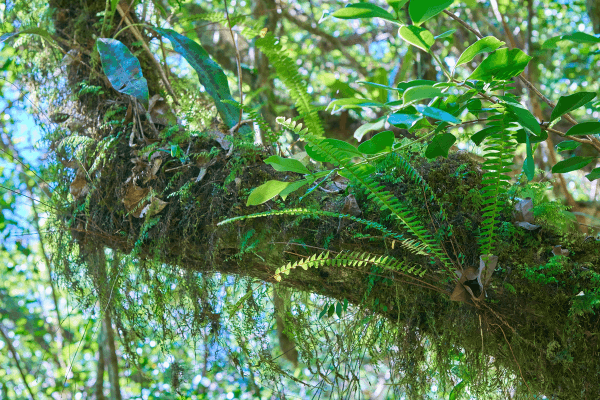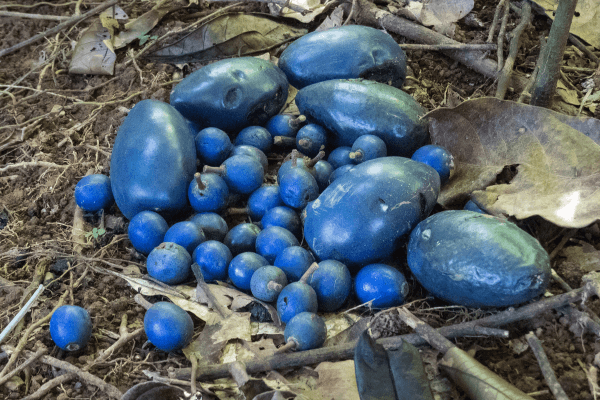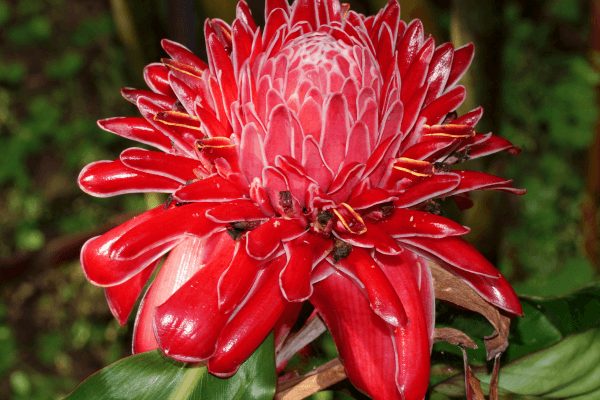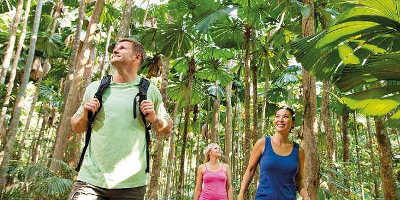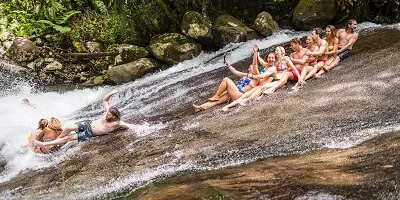
Learn About the Plants of the Daintree Rainforest
Australia has some of the most natural wonders, with the Daintree Rainforest being one of them.
The Daintree Rainforest is the oldest rainforest in the world, being over 180 million years old! There is a selection of rare and ancient plant species that are found within the rainforest. It’s really a nature lover’s dream to come here to see for yourself the variety of wildlife and the lush rainforest.
In fact, the diversity and age of the plants found in the Daintree Rainforest is larger than any other ecosystem in the country. Taking it further, it’s home to the largest concentration of rare and endangered flora anywhere in the world.
Flowering plants are in abundance here, where there are 12 of the 19 primitive plant families in the world. Plus, 28 of Australia’s 36 mangrove species – a heady collection of flowers large, small, beautiful, and dangerous.
If you’re a keen gardener or a plant lover, you’ll love the incredible variety of plants that the Daintree Rainforest hosts.
Idiot fruit
This primitive flowering plant was only discovered in 1970, but it boasts a unique little history that has made it a fascinating find. The idiot fruit, also known as the ribbonwood, is the world’s rarest and most primate flowering plant.
It began with four cows and a local farmer called John Nicholas, who worked for the Daintree Tea Company. The cows were found dead in the paddock, and it was learned that they died from chewing large seeds that were found in their stomachs during an autopsy. It turns out that the seeds produced a poison not unlike strychnine, and they were what caused the cows’ deaths – seeds that were from the idiot fruit.
Epiphytes
The most interesting fact about the epiphytes plant is that it lives without having roots in the ground. Plus, these plants can trap nutrients and store water on its own.
The epiphytes that grow from basket ferns can create its own ecosystems, such as frogs spending most of their life on the ferns.
Blue quandongs
These giant plants are an important part of the Daintree’s canopy. They shade the smaller plants from the sun and grow a blue fruit that expands to about 2 – 3 centimetres in diameter when ripe.
The plant has a beautiful wood, attractive flowers, and the bright blue round fruit. The fruit is used in Aboriginal cooking to make a fresh edible paste.
Noah’s satinash
Also known as syzgium maraca, these plants that grow large red fruits. Between October to November, the pear shaped fruits start appearing after they flower in May. During the night, you might see the musky rat kangaroos will be eating these red fruits as a snack.
Wild ginger
Ginger plants can be dangerous, with many of the family containing poison. However, this type of ginger reaches six metres high and is often used by hikers to supplement their water. When chopped near ground level, the stem releases water, which is perfect for a rejuvenating drink.
Wait-a-while vine
For something a little more dangerous, there is the wait-a-while vine. Consisting of thin strands of vine that are smattered with small spikes. These plants can get caught on clothing, rip skin, and tear fabric that they come into contact with.
You can mostly find these plants hanging from tall trees, floating down to the ground in thick clumps. At the end of the stem, insignificant flowers products into a scaly fruit. The earlier shoots from the plant can be eaten and are sweet.
Fan palm
The fan palm is an important plant for Aboriginal people as these plants provide great shelter from the rain and sun. The palms were also used to wrap foods in! Most of the swampy areas in the Daintree have plenty of these fan palms around, making the area quite shady.
King fern
The king fern has one of the world’s longest fern fronds, being up to 7 metres in length. The king fern is also one of the most ancient ferns in the world and is only found in a few places across Australia, including the Daintree.
There are plenty of other plant species that call the Daintree Rainforest home. See for yourself the beautiful varieties on a hike or a one-day Daintree tour.


